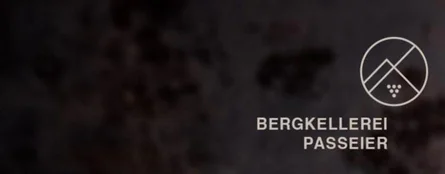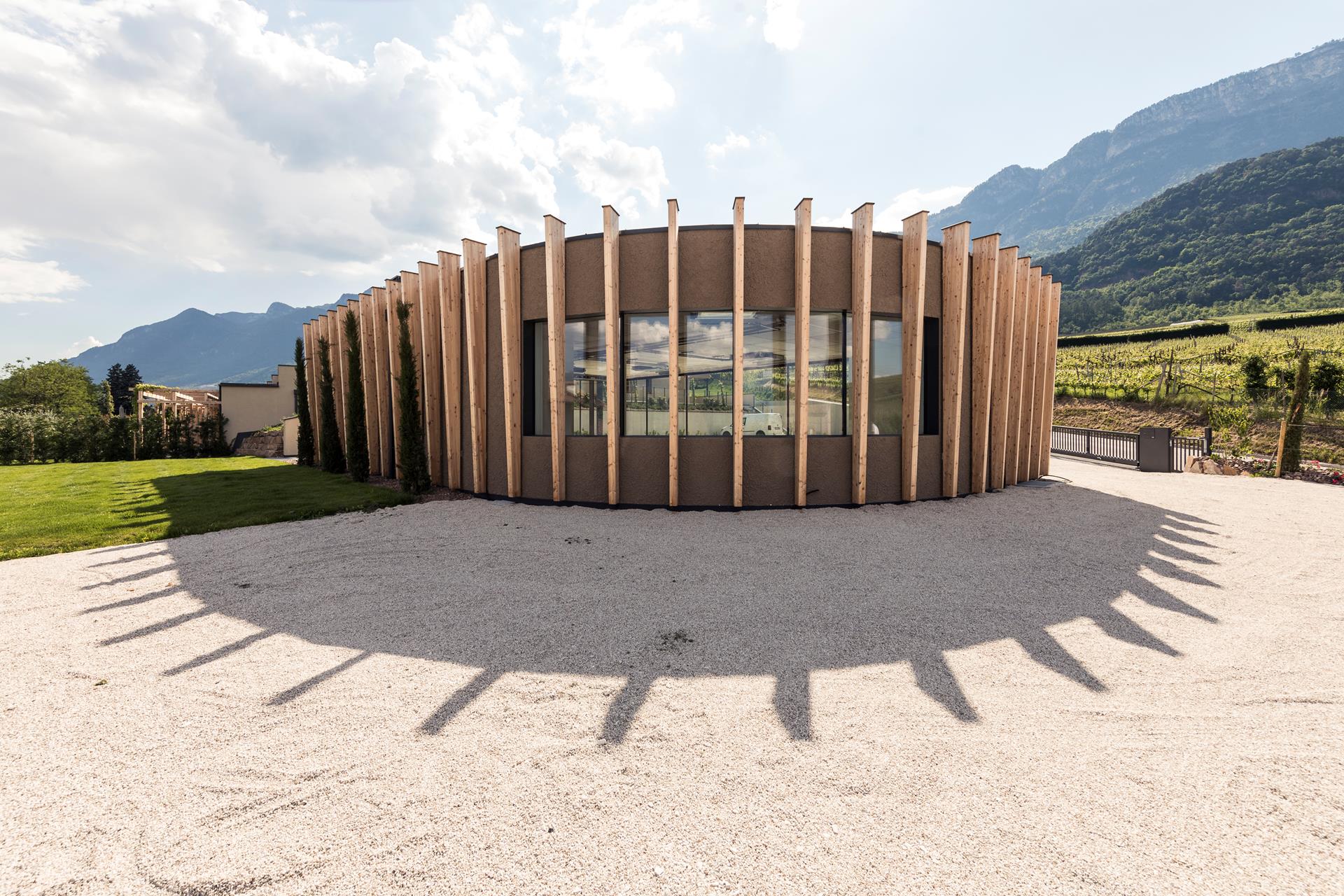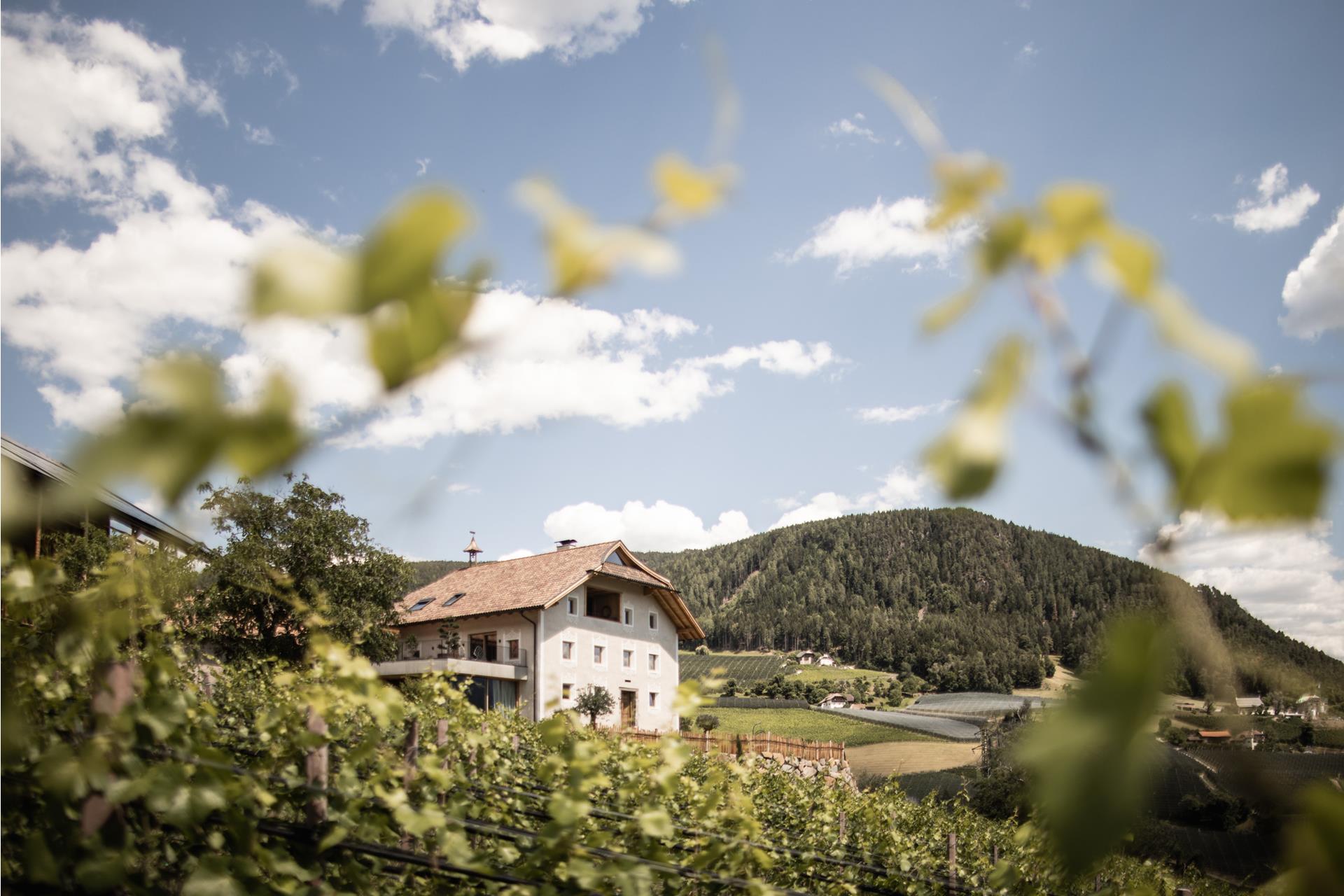In the possession of the Ramoser family since 1930, grape growing areas of three hectares are currently managed, whereby it is nature who sets the tone. “The method of operation and the planning of all production steps both in the vineyard and the winery should not influence the course of things to the greatest degree possible,” says Ramoser.
The vineyards of the Fliederhof in Santa Maddalena have a slope of up to 40 percent, so as a result of the steepness, they can only be tended with a great amount of work by hand. Ramoser is therefore convinced that precise work in the vineyard contributes to success as much as the natural conditions do – soil, rain, wind, and sun, and his own concept of sustainability. Added to that is greenery management that is adapted to the location for the building up of humus, but also the application of compost from their own production.
All of this ought to be tasted in the result: “Wines from the Fliederhof ought to enjoy special drinking pleasure,” says the winegrower Ramoser. “Sincere, natural, and with character, without any special styling that could mask these properties.” And in view of the location, the fact that these wines also include Schiava – Santa Maddalena is a given. Or, as Ramoser puts it, “We view ourselves as a genuine champion of this indigenous grape variety.”



































